Traffic jams aren’t just frustrating, they can really mess with your European car. According to International AutoSource, the average American spent 51 hours stuck in traffic in 2022. That’s a lot of time idling and creeping along. While it’s bad enough for your patience, all that stopping and starting can also take a toll on your vehicle. Here’s how traffic jams affect your car and what you can do about it:
1. Increased Fuel Consumption
Sitting in traffic is a gas guzzler, literally. Frequent braking and accelerating use up way more fuel than cruising at a steady speed. It’s estimated that traffic congestion wastes about three billion gallons of fuel every year.
And it’s not just your wallet that feels it. All those extra emissions contribute to air pollution and climate change. To save on gas and help the environment, try to maintain a steady pace whenever possible. Avoid sudden stops and starts, and use traffic apps to plan smoother routes.
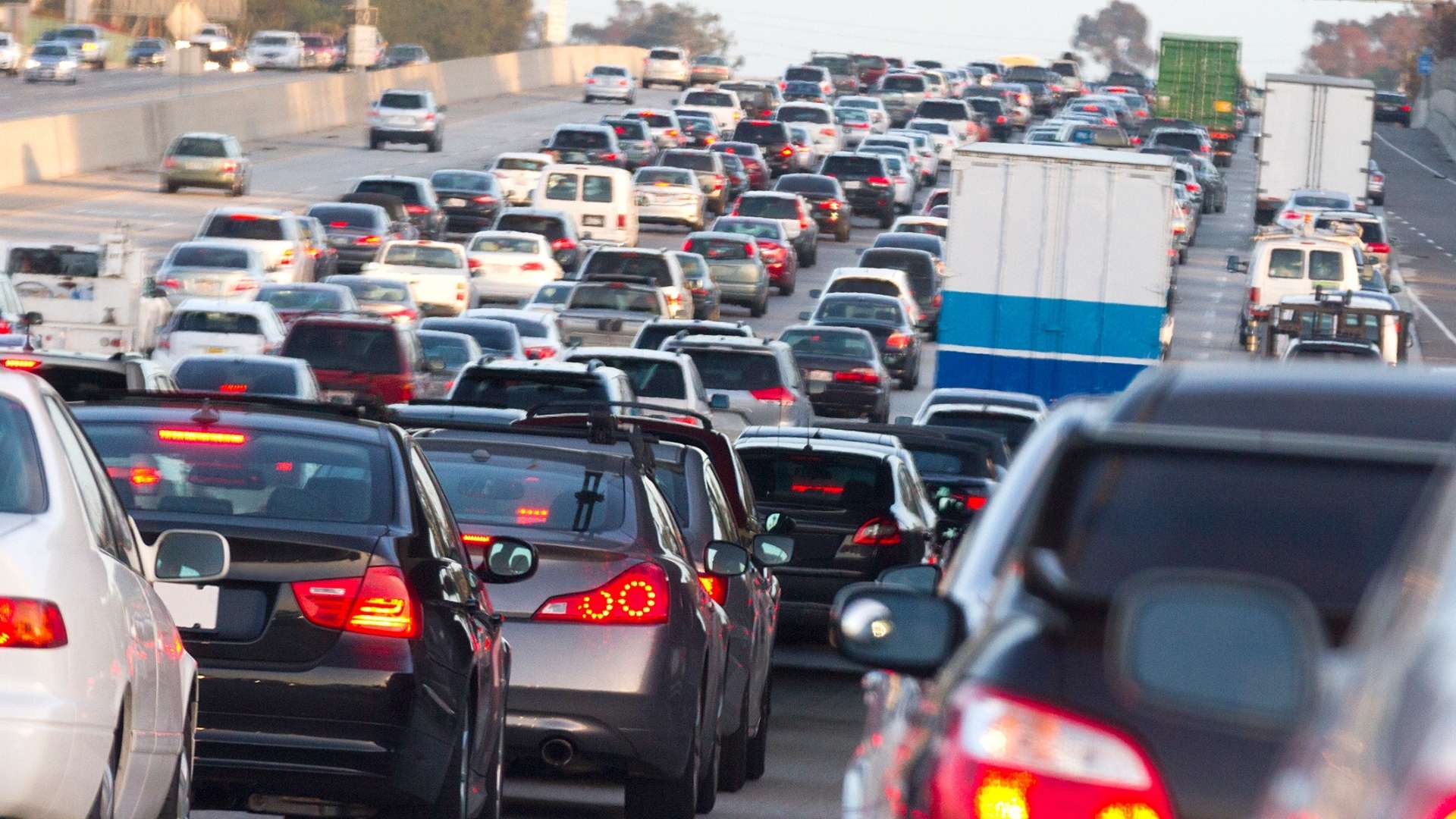
2. Accelerated Brake System Wear
Your brakes take a beating in stop-and-go traffic. Constantly going from 10 mph to zero wears out brake pads, rotors, and other components faster than usual. If your brakes are struggling, you might notice some of these signs:
- The car pulls to one side when braking
- The brake pedal feels soft or sinks to the floor
- The steering wheel or car shakes when you stop
- Squealing or grinding noises
To keep your brakes in good shape, try to avoid riding them and get them checked regularly. Brake maintenance isn’t just about performance, it’s a big safety issue.
3. Stress on Fluids and Systems
Your car relies on fluids like oil, coolant, and brake fluid to keep running smoothly. Traffic jams can cause some of these to degrade faster. For example, brake fluid can absorb moisture over time, which lowers its effectiveness.
Make sure to check these fluids regularly:
- Engine oil
- Coolant
- Transmission fluid
- Brake fluid
- Power steering fluid
It’s best to have a professional handle fluid replacements. They’ll know the right types and quantities for your car and can spot any issues early.
4. Drive Belt Wear
The serpentine belt, also known as the drive belt, powers your car’s AC, power steering, and alternator. All that stopping and idling in traffic creates extra heat and friction, which can wear it out faster. Most drive belts last about five years or 50,000 miles, but traffic-heavy conditions can shorten that.
If your drive belt is failing, you might notice:
- Squealing noises from the engine
- Problems with the AC or power steering
- The engine overheating
- Cracks or fraying on the belt
Replacing the belt before it breaks completely can save you a lot of hassle and repair costs.
How to Protect Your Car in Traffic
Traffic is hard to avoid, but there are things you can do to minimize the damage to your car and save yourself some stress along the way:
- Plan ahead and use apps to avoid high-traffic areas: Tools like Waze or Google Maps can help you find less congested routes and reduce the time spent idling.
- Accelerate and brake gently to reduce wear and tear: Sudden stops and starts put unnecessary strain on your brakes, transmission, and tires. Maintain a safe following distance to allow for smoother driving.
- Keep up with regular maintenance and inspections: Regularly checking your brakes, fluids, tires, and belts ensures that your car is ready to handle the demands of traffic. Don’t skip those routine oil changes. They’re critical for keeping your engine running efficiently.
- Consider carpooling or ride-sharing to cut down on your time behind the wheel: Sharing the ride not only saves you money on gas but also reduces the wear and tear on your vehicle. It’s a win-win for you and the environment.
- Turn off the engine during long stops: If you’re stuck in a gridlock where movement is unlikely for a while, turning off the engine can save fuel and reduce emissions. Just make sure it’s safe to do so.
These small adjustments to your driving habits and maintenance schedule can go a long way in protecting your car and your wallet.
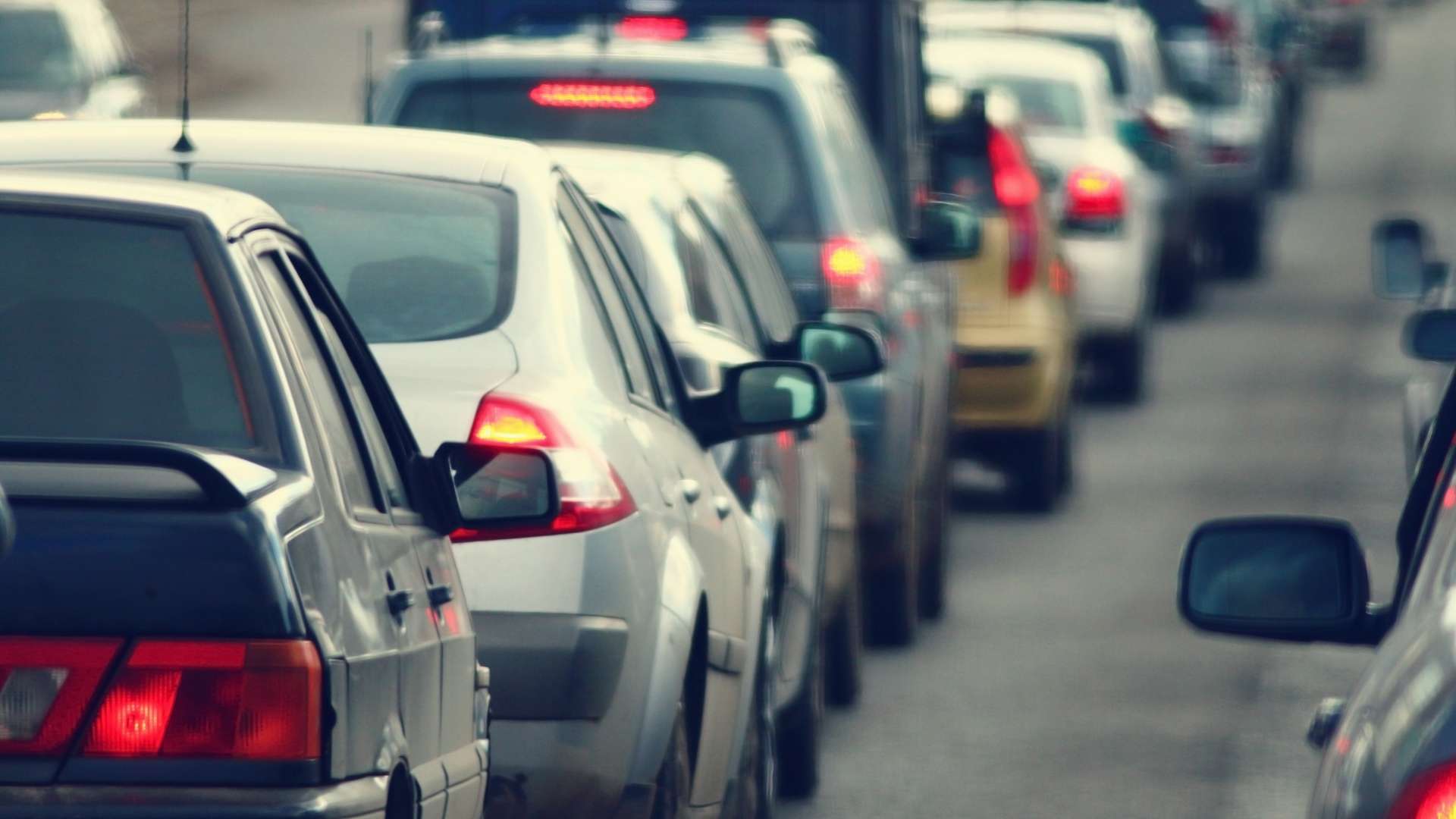
Local Tip for Dallas Drivers
If you’re driving around Dallas, you know how rough the traffic can be, especially on highways like I-635 or I-35E during rush hour. Areas like Downtown Dallas, Uptown, and around the Galleria can feel like a parking lot at peak times. This constant stop-and-go driving puts extra strain on your car, from the brakes to the engine, and even your transmission.
With Dallas’s scorching summers, the heat adds another layer of stress to your vehicle. Traffic jams mean your engine stays running longer, potentially overheating if your cooling system isn’t in top condition. And let’s not forget the wear and tear on your AC, which works overtime to keep you cool while sitting in traffic.
Staying on top of your European car’s maintenance is crucial in these conditions. Regular brake inspections, fluid checks, and cooling system maintenance can help your car handle the demands of Dallas traffic. And if you’re navigating these roads daily, consider scheduling routine services a bit more frequently to catch any issues early before they turn into expensive repairs.
Contact Hance’s European for Expert Care
Don’t let traffic jams ruin your European car. The team at Hance’s European specializes in keeping your vehicle running like new, no matter how much you drive.
Contact us today to schedule your next service. We’ll make sure your car stays in great shape, even if you’re stuck in traffic every day.

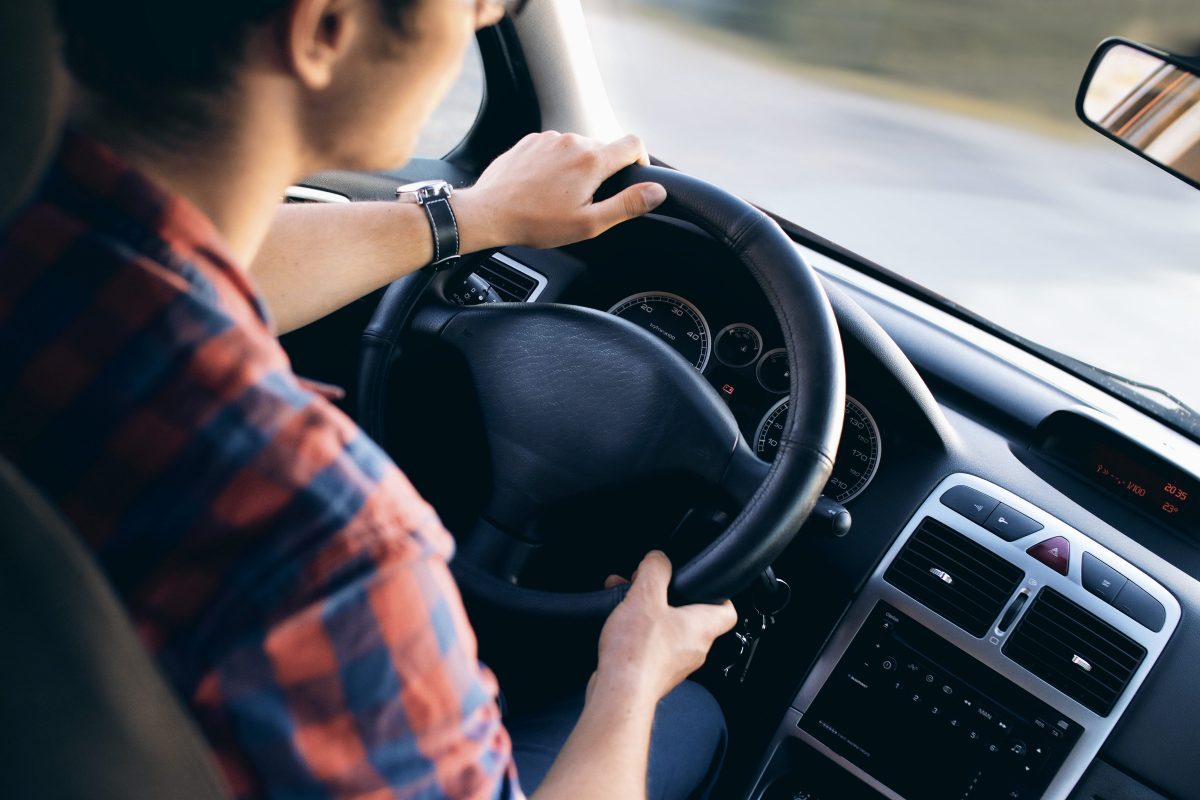
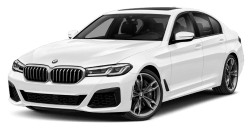 BMW
BMW Mercedes
Mercedes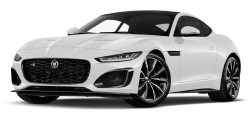 Jaguar
Jaguar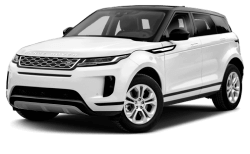 Land Rover
Land Rover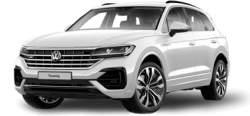 Volkswagen
Volkswagen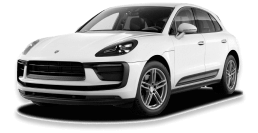 Porsche
Porsche Audi
Audi